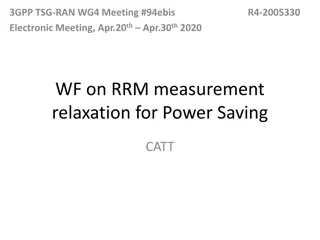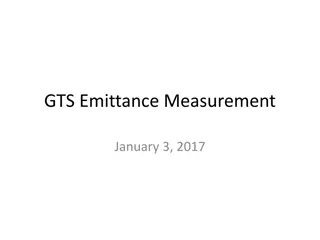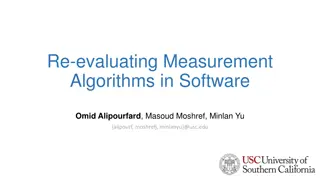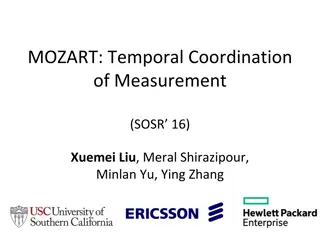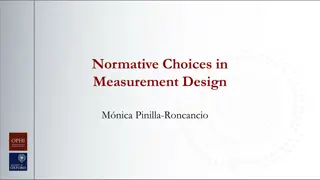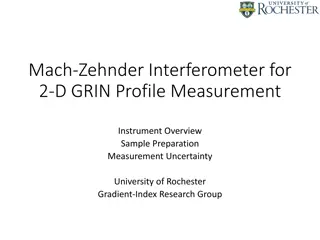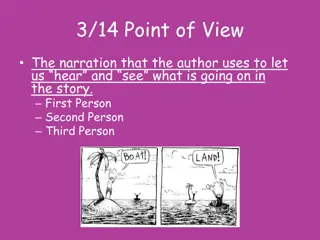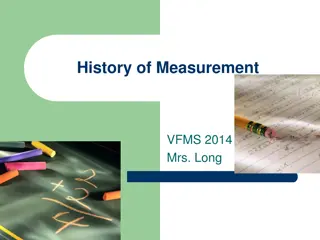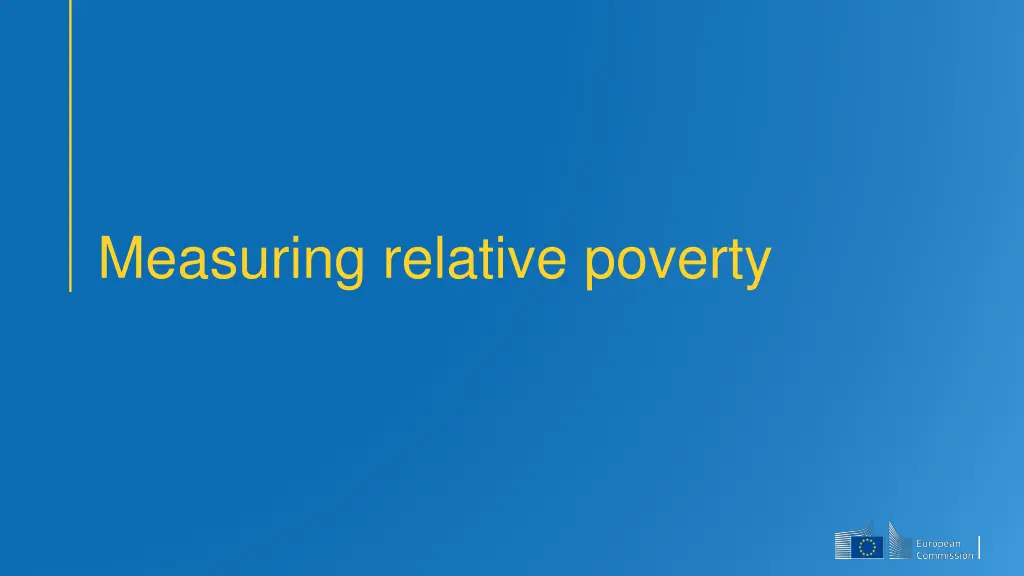
Understanding Relative Poverty Measurement
Explore the concept of relative poverty, disposable income, equivalence scales, and at-risk-of-poverty rates. Learn how equivalised disposable income affects poverty levels based on household size and income needs.
Download Presentation

Please find below an Image/Link to download the presentation.
The content on the website is provided AS IS for your information and personal use only. It may not be sold, licensed, or shared on other websites without obtaining consent from the author. If you encounter any issues during the download, it is possible that the publisher has removed the file from their server.
You are allowed to download the files provided on this website for personal or commercial use, subject to the condition that they are used lawfully. All files are the property of their respective owners.
The content on the website is provided AS IS for your information and personal use only. It may not be sold, licensed, or shared on other websites without obtaining consent from the author.
E N D
Presentation Transcript
Disposable income Market Income Social transfers Pensions Family benefits Minimum Income Schemes etc. Salaries Self-employment income Investment income Property income etc. Taxes and SIC Personal Income Tax Employee Social Insurance Contributions etc.
Equivalence scales Larger household size higher income needs but Sharing expenses and assets needs do not double when size doubles
Equivalence scales Larger household size higher income needs but Sharing expenses and assets needs do not double when size doubles = 1 = 1 + 0.5 + 0.3 = 1.8 = 1 + 0.5 + 0.3 + 0.3 = 2.1 = 1 + 0.5 = 1.5 (OECD modified equivalence scale)
Equivalised disposable income = 1 = 1 + 0.5 + 0.3 = 1.8 DI = 10,000 DI = 18,000 = 1 + 0.5 + 0.3 + 0.3 = 2.1 = 1 + 0.5 = 1.5 DI = 30,000 DI = 31,500
Equivalised disposable income = 1 = 1 + 0.5 + 0.3 = 1.8 DI = 10,000 EDI = 10,000/1 = 10,000 DI = 18,000 EDI = 18,000/1.8 = 10,000 = 1 + 0.5 + 0.3 + 0.3 = 2.1 = 1 + 0.5 = 1.5 DI = 30,000 EDI = 30,000/1.5 = 20,000 DI = 31,500 EDI = 31,500/2.1 = 15,000 (equivalised disposable income is attributed to each member of the household)
At-risk-of-poverty rate + Equivalised disposable income
At-risk-of-poverty rate + Equivalised disposable income Median = 14,375
At-risk-of-poverty rate + Equivalised disposable income 60% median = 8,625 Median = 14,375
At-risk-of-poverty rate + Equivalised disposable income 60% median = 8,625 (poverty line) Median = 14,375
At-risk-of-poverty rate + Equivalised disposable income 60% median = 8,625 (poverty line) Median = 14,375 AROP rate = 5/25 = 20%
At-risk-of-poverty gap 8,625 + Equivalised disposable income 7,000 5,000 2,500 2,500
At-risk-of-poverty gap 8,625 + Equivalised disposable income 7,000 5,000 8,625 8,625+7,000 8,625+5,000 8,625+2,500 8,625+2,500 25 0 0 2,500 8,625+ 8,625+ + AROP gap = 8,625 = 11.88% 2,500


